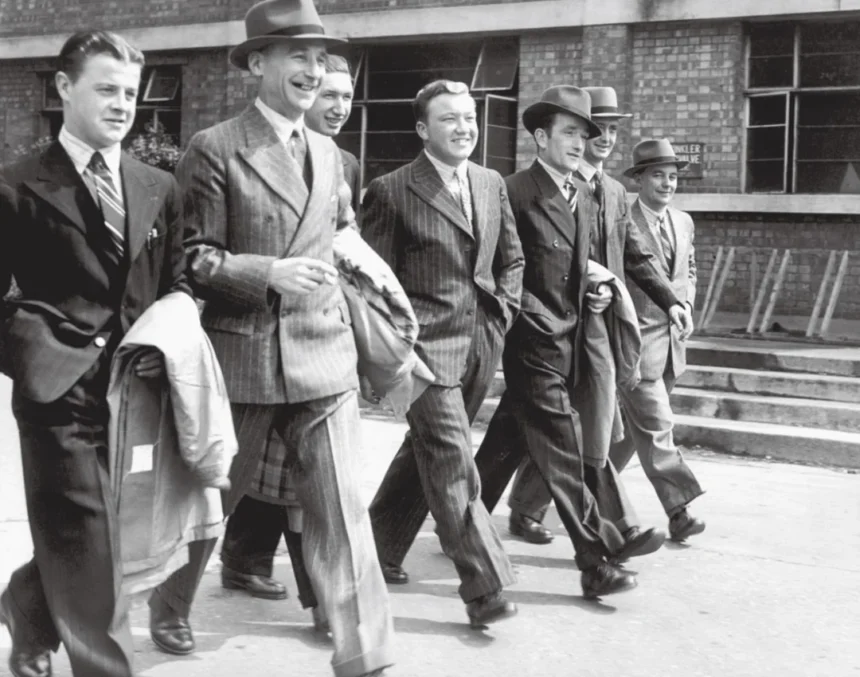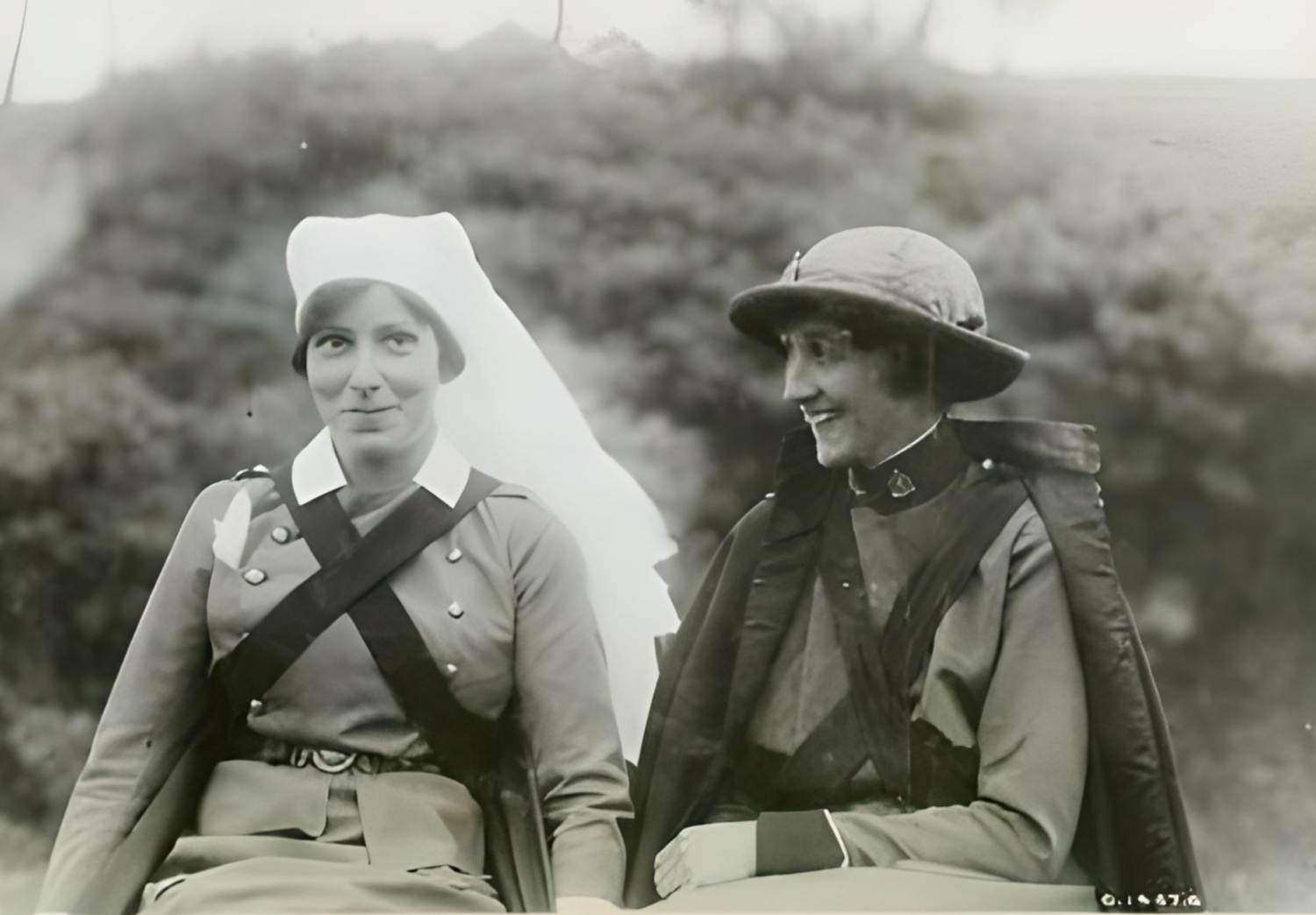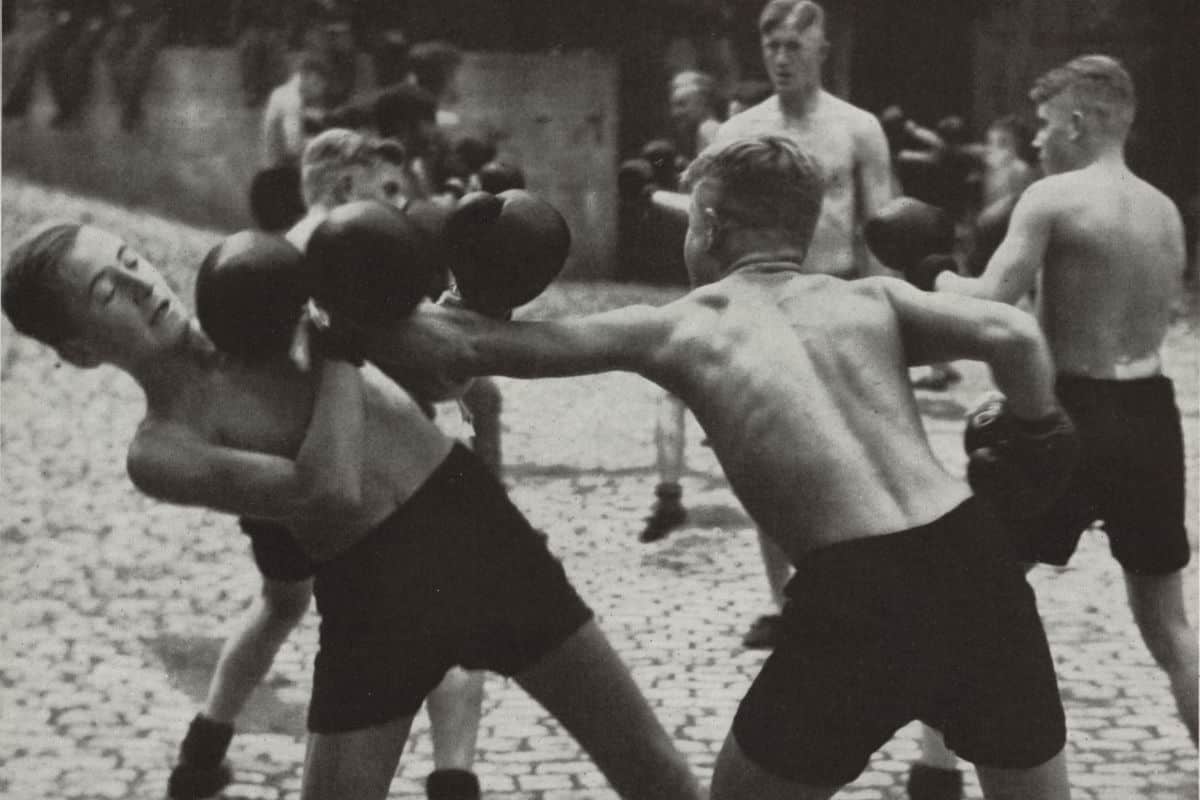Until World War II, it was almost unthinkable for a man to leave his home without a hat on his head. But then began the hat’s slow fall from grace.
“Without hats, there is no civilization,” said French fashion designer Christian Dior in 1954. In a way, Dior was right, because right up until the late 1920s, the hat was an indispensable part of every respectable man’s wardrobe and was used, among other things, to signal social status.
Nevertheless, the hat began to go out of fashion in the years following World War II, and one of the most significant factors was the breakdown of social classes.
Young People Wanted to Go Bareheaded
In the years between the two world wars, more young people from the middle class gained access to universities, which had previously been reserved for the upper class and had strict rules for proper dress.
But as the student composition changed, so too did the norms for clothing, and among young people, the hat came to be regarded as an unnecessary relic of bygone days.
This norm spread to the rest of society as young people completed their education and entered the workforce.
According to some historians, the development of the highway system in the postwar period also contributed to the hat’s fall from grace.
The long roads made it easy and convenient to travel long distances and made the car accessible to everyone. For example, fewer than 1% of the population in the USA owned a car in 1920, but the figure rose to about 25% in 1940 and a full 55% in 1970.
Unlike trains, streetcars, and horse-drawn carriages, cars had very low ceilings, which made hats extremely impractical.
Moreover, men no longer needed to protect themselves from wind and weather with a hat when they sat in their own car.




